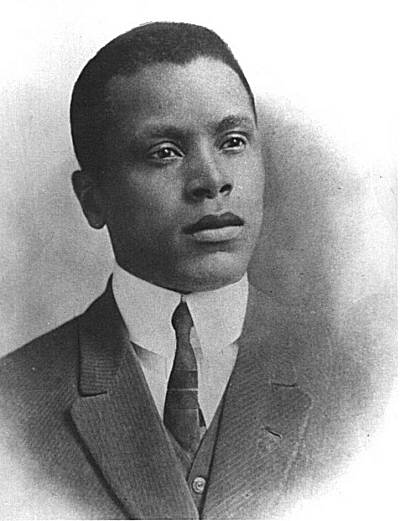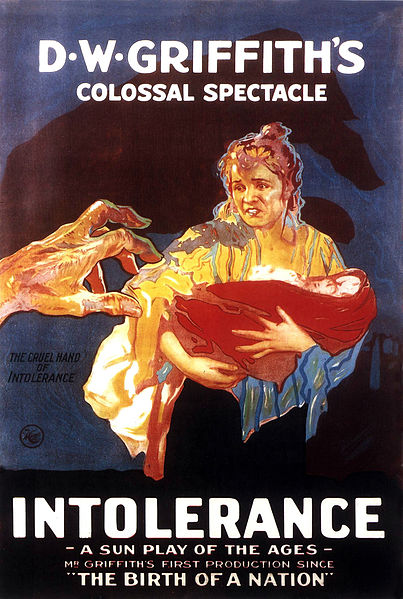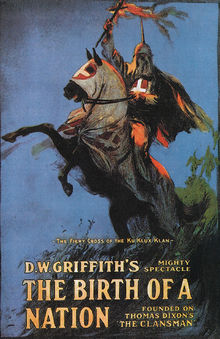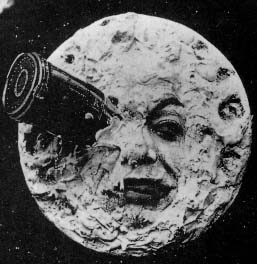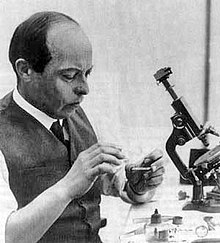During the Russian revolutions (a period of social and political upheaval in the early 20th Century), there was a large demand for propaganda. After this period of unrest, film makers experimented with the old footage in new ways.
D. W. Griffiths work helped influence Russian film makers by introducing cross cutting and montage.
Sergei Eisenstein
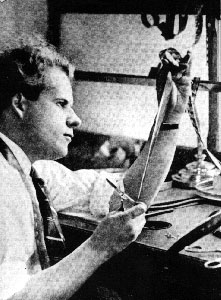
Heavily influenced by the cultures that emerged after the Russian Revolution. He used five different methods of montage:
Metric
Where shots are edited purely by timing alone (e.g. one shot every two seconds)
Rhythmic
Where shots are edited according to a scene's internal rhythm and continuity.
Tonal
Where shots are edited for emotional effect, i.e. shot length is determined by their emotional meaning
Overtonal
An combination of Metric, Rhythm and Tonal montage types for a more complex effect
Intellectual
Uses a combination of shots outside the film to create a meaning (i.e. juxtaposing a shot of cattle being murdered into a massacre scene to drive home the 'murdered like cattle' simile)
Dziga Vertov

A newsreel cameraman, credited with coining the term Kino-eye (camera-eye), and one of the earliest Russian animators.
Believed conventional storytelling to be corrupting and false, and placed emphasis on the truth of cinema. Tried to make a cinematic 'language' unique from theatre, literature etc.
Cut his films to generate
thematic connections, or for the
emotional effects of juxtaposition, making a montage style unmatched until the era of the music video. His work and theories influenced documentary realism (cinema verite) in the 1960s.
Vsevolod Pudovkin

Theorised that it is not the actors on the screen that act, it is their context in which they are acting which draws an emotional response from the viewer. Believed that the eye of the camera should be treated as if it were the eye of the viewer and details such as camera angles can have thematic importance. Believed montage operated differently than Eisenstein, where it was a
linkage of frames, rather than a
collision of frames.
He is credited with coming up with the five editing techniques:
Contrast
Where conflicting shots are juxtaposed with each other to drive comparison of two (or more) seemingly disparate events
Parallelism
Where scenes with similar visual elements are juxtaposed next to each other to drive comparison. Often used for things like time skips, which shows how the same person has changed over time
Symbolism
Where two shots are juxtaposed to provide a visual metaphor
Simultaneity (cross-cutting)
Where scenes are shown to be happening at the same time by juxtaposing them with each other
Leit Motif
A recurring visual element or musical phrase associated with a person, place or idea (e.g. emperors march in Star Wars)







